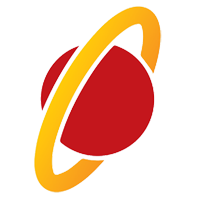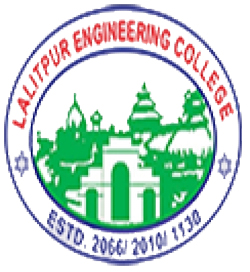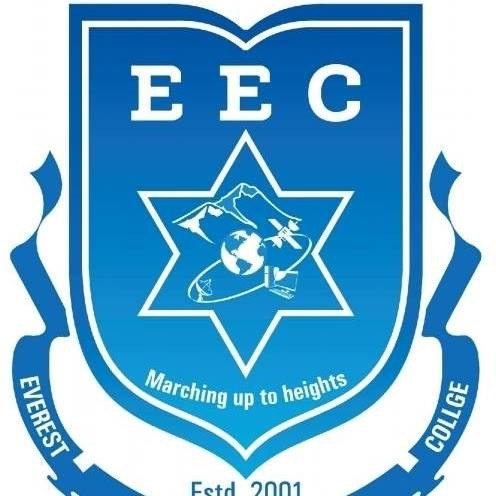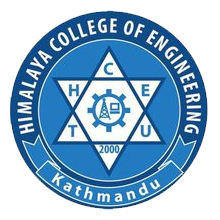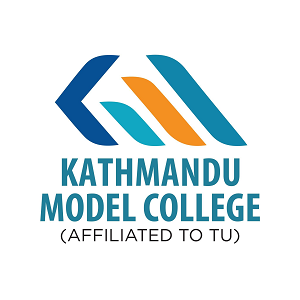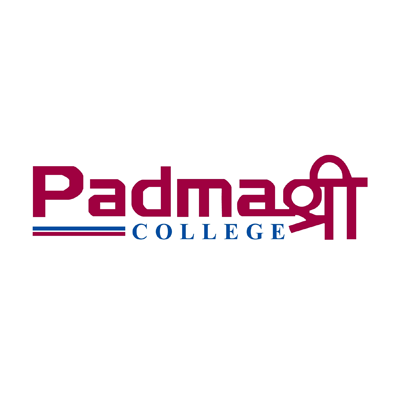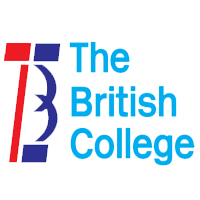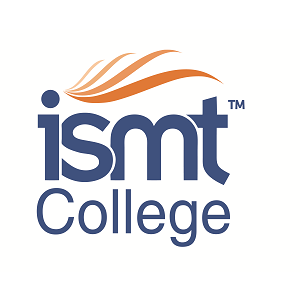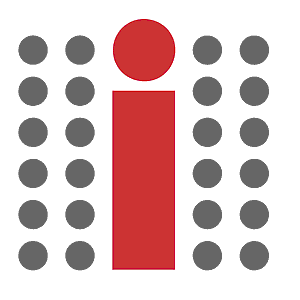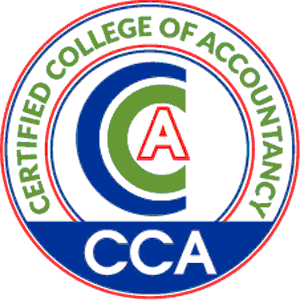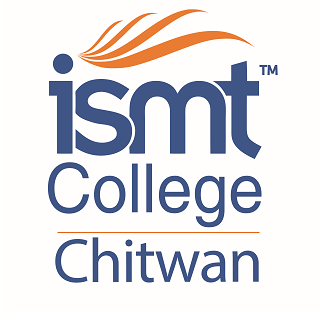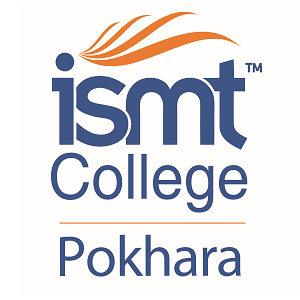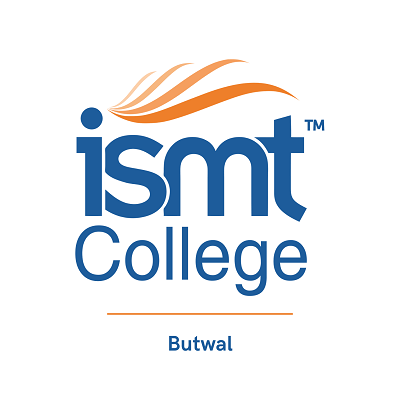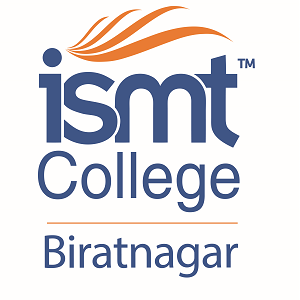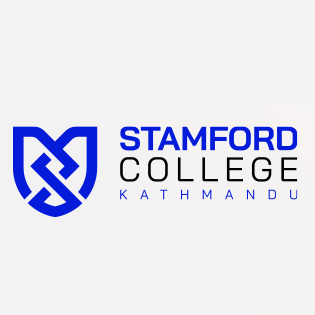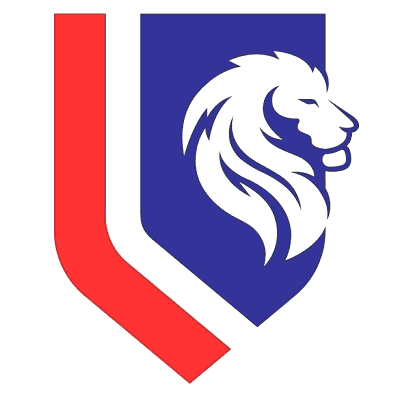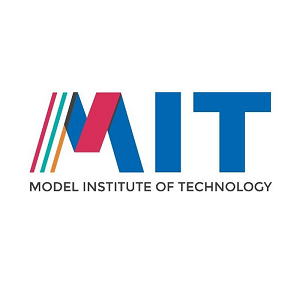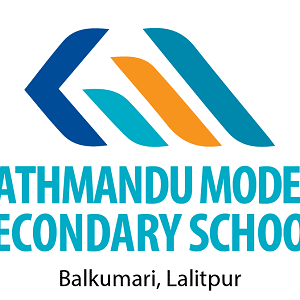Overview
Bachelor of Computer Engineering at Kantipur Engineering College, Dhapakhel, Lalitpur
Bachelor of Computer Engineering at Kantipur Engineering College (KEC), Dhapakhel, Lalitpur, follows the Tribhuvan University–Institute of Engineering (IOE) framework and prepares you for computing practice through courses in programming, algorithms, systems, networks, and embedded concepts.
The program runs within the Kathmandu Valley, giving students regular exposure to labs, projects, and campus events. Admission occurs through the IOE computer-based entrance system, and scholarships follow the college policy.
The course information below is specific to KEC and focuses on what students need to make informed academic choices.
-Building.jpg)
Highlights
-
Affiliation: Tribhuvan University, Institute of Engineering (IOE)
-
Program level: Bachelor of Engineering in Computer Engineering (undergraduate)
-
Location: Dhapakhel, Lalitpur (Kathmandu Valley)
-
Learning setting: Classroom theory, laboratory practice, and guided projects
-
Entry route: IOE computer-based entrance and merit-based intake at KEC
-
Support ecosystem: Department-run labs, student clubs, Research Training & Consultancy Division (RTCD), campus conference and publication activities
-
Scholarships: Categories under the KEC Scholarship & Excellence Award Policy
-
Institutional recognition: Nepal Engineering Council Permanent Status granted to KEC (May 2025)
Overview
Computer engineering at KEC builds a steady path from programming basics to systems thinking. Students begin with mathematics, physics, and computing fundamentals. Later semesters move into data structures, computer architecture, operating systems, networks, databases, and embedded systems. Labs and projects push you to write reliable code, test it carefully, and document results in a clear, professional style.
The campus sits in Dhapakhel, which places students close to tech firms, consultancies, and training centers across the Valley. Short seminars and student-led sessions help you compare approaches, improve code quality, and practice presentation skills. The RTCD activity line and the annual conference encourage students to prepare posters or short papers drawn from mini-projects or capstone work.
Curriculum Details
The TU–IOE structure organizes learning across eight semesters. Early modules reinforce mathematics and problem-solving while you develop fluency in at least one compiled language and one scripting language. Later modules add system-level thinking and applied electives. A typical sequence at KEC includes:
-
Programming Fundamentals and Problem Solving: Variables, control flow, functions, arrays, pointers or references, file I/O, and error tracing. Students practice incremental coding and maintain a simple version history for assignments.
-
Data Structures and Algorithms: Lists, stacks, queues, trees, graphs, hashing, sorting, and searching. Lab sessions require complexity reasoning and selection of structures that match constraints.
-
Discrete Structures and Mathematics: Logic, sets, relations, functions, combinatorics, and graph fundamentals used across computing.
-
Computer Organization and Architecture: CPU organization, instruction cycles, memory hierarchy, I/O, and basic pipelining concepts with hands-on experiments in simulators or hardware kits.
-
Digital Logic and Microprocessors: Number systems, combinational and sequential circuits, microprocessor fundamentals, assembly instructions, and interfacing tasks.
-
Object-Oriented Programming and Software Construction: Classes, inheritance, error handling, unit tests, and refactoring for clarity and maintainability. Students document code and keep a basic test log.
-
Operating Systems: Processes, threads, scheduling, synchronization, memory management, file systems. Students write small programs that use system calls and measure behavior.
-
Computer Networks: Network layers, addressing, routing, switching, transport concepts, and simple socket programming for client–server communication.
-
Database Management Systems: Data modeling, normalization, SQL queries, transactions, and indexing. A lab project builds a working database backed by a short report.
-
Web and Mobile Application Development: HTTP basics, APIs, user input handling, state management, and deployment steps. Students prepare a small application with clear documentation.
-
Theory of Computation and Compiler Basics: Automata, grammars, and parsing concepts for students who plan further study in systems and languages.
-
Embedded Systems and IoT Concepts: Microcontroller programming, sensor input, actuator control, and simple communication protocols.
-
Control and Instrumentation Fundamentals: Signals, sampling, controllers at an introductory level where relevant to embedded tasks.
-
Electives and Special Topics: Choices vary by semester and may include parallel programming, computer graphics, information security, data mining basics, or human–computer interaction.
-
Project Work and Capstone: A structured multi-phase project in the final year that covers requirement framing, system planning, implementation, testing, and defense.
First-year students receive coordination support from the Department of Engineering Science & Humanities for mathematics, physics, chemistry, communication skills, and mechanical basics. This foundation helps students adapt to academic writing, lab reports, and exam patterns before stepping into heavier computing modules.
Objectives
-
Build solid programming habits that favor clear logic, careful documentation, and reliable testing.
-
Develop an understanding of computer systems from hardware to operating systems and networks.
-
Strengthen reasoning in algorithms and data structures for problem solving under constraints.
-
Introduce embedded thinking for real-world interfacing and control tasks.
-
Encourage structured academic writing and presentations through lab reports, mini-projects, and capstone work.
Scope
Computer engineering graduates work across software development, systems operations, networking, and embedded roles. Entry points include coding tasks for web or mobile applications, test engineering, database support, network administration, and firmware work under supervision. The TU–IOE framework supports recognition for public bodies and private firms within Nepal, and the college’s standing strengthens confidence in course delivery and assessment.
Students who plan further study use the program as a launch pad for master’s-level specializations in computer engineering, computer science, data-centric fields, or electronics-related areas.
Learning Outcomes
Students who finish the program should be able to:
-
Write readable code in at least two programming languages and maintain a repository with commits that narrate progress.
-
Select suitable data structures and explain the time and space trade-offs behind that choice.
-
Explain how instructions flow through a processor and how memory hierarchy affects performance.
-
Write small programs that use operating system calls, threads, and synchronization where appropriate.
-
Build a networked application that sends and receives data over sockets or HTTP and logs errors clearly.
-
Model a database, write SQL queries, and enforce simple integrity rules in code.
-
Program a microcontroller board to read sensors and drive actuators for a small embedded task.
-
Prepare a technical report and present results in a structured oral defense.
Skill Development Modules
KEC pairs theory with targeted practice so you can move from syntax to working systems:
-
Coding Labs: Weekly sessions with short checkpoints, pair or small-group tasks, and a final submission that passes test cases.
-
Algorithm Clinics: Whiteboard or notebook-based problem framing, complexity checks, and code walkthroughs.
-
Systems Labs: Assignments on process control, file handling, and synchronization with short reflections on race conditions and deadlocks.
-
Networks Labs: Packet tracing, addressing exercises, and a client–server mini-app that records request–response behavior.
-
Database Labs: Schema planning, SQL joins, transactions, and simple indexing; students measure query response on a sample dataset.
-
Embedded Workshops: Microcontroller setup, sensor calibration, data logging, and safe handling of boards and power supplies.
-
Quality and Security Basics: Input validation, exception handling, and basic secure coding habits for student projects.
-
Capstone Workflow: Proposal, weekly progress log, code reviews, integration week, testing script, and viva.
Teaching Methodology
Teaching mixes lectures, tutorials, guided labs, and project supervision. Faculty members set clear rubrics for internal assessment and maintain predictable deadlines for submissions. Short quizzes test recall and application. Labs follow a pre-lab brief, hands-on work, and a concise post-lab note. Student clubs hold coding practice sessions and peer presentations. The academic calendar includes internal evaluations ahead of university examinations, which helps students prepare without last-minute pressure.
Admission Requirements
Admission into Bachelor of Computer Engineering at KEC follows the IOE entrance route.
-
Eligibility: Grade 11 and 12 (Science) with Physics, Chemistry, and Mathematics, minimum Grade C in each subject; or 45% in a relevant diploma/equivalent under rules applied by IOE.
-
Entrance exam: Computer-based objective test conducted by IOE covering Mathematics, Physics, Chemistry, English, and aptitude as specified for the cycle.
-
Selection at KEC: Applicants who pass the IOE test apply to KEC; intake follows the IOE merit list among those who choose the college and complete the process on time.
-
Documents: Academic transcripts, character certificate, citizenship or passport, photographs, and any category documents for scholarships where relevant.
Students should check the current year’s IOE notice and KEC admission updates for the exact timeline.
Career Opportunities
Graduates begin as:
-
Software Developer / Programmer: Front-end, back-end, or full-stack roles under supervision, using version control and team workflows.
-
Quality Assurance / Test Engineer: Test case writing, automation scripts, and reporting on issues with clear steps to reproduce.
-
Database / Systems Support: Query optimization, backup routines, and entry-level administration tasks.
-
Network / System Administrator (entry-level): Basic configuration, monitoring, and ticket response within standard procedures.
-
Embedded / Firmware Intern or Junior: Microcontroller coding, board bring-up, and documentation of test outcomes.
-
Technical Writer / Support Associate: User documentation, release notes, and structured responses to user queries.
Students who prefer research or higher studies build on capstone work, conference participation, and writing practice to craft a strong application for postgraduate programs.
Scholarships and Financial Aid
KEC’s Scholarship & Excellence Award Policy covers:
-
Multi-year tuition waivers based on internal criteria and committee review.
-
Semester waivers tied to performance and policy rules.
-
Local-ward support for eligible permanent residents of the specified Lalitpur wards under the policy.
-
Staff-children category with defined fee relief.
-
Merit rebates linked to IOE rank and internal rules.
-
Excellence Awards for semester performance, project quality, and selected extracurricular achievements.
Students should consult the current policy and submit supporting documents within the announced window.
Why Choose This Course?
-
TU–IOE framework: A familiar academic structure followed across Nepal’s engineering campuses.
-
Balanced learning: Coding depth, system awareness, networking basics, and embedded exposure in one pathway.
-
Project habit: Labs and capstone work that ask for planning, implementation, testing, and reporting.
-
Academic community: Student clubs, RTCD activities, conference presentations, and a channel for short publications.
-
Institutional stability: Established campus in Dhapakhel with recognized standing and clear academic processes.
Conclusion
Bachelor of Computer Engineering at KEC serves students who want careful instruction, steady lab practice, and structured project work under the TU–IOE system. The curriculum builds from fundamentals to systems and applications. The campus ecosystem encourages writing, code reviews, and public presentation of student work. Scholarships and awards help eligible students manage costs. The result is a clear path from classroom learning to entry-level professional roles or further study.
FAQ
1) What is the awarding university for Bachelor of Computer Engineering at KEC?
Tribhuvan University through the Institute of Engineering.
2) How does admission work for this course?
You sit for the IOE computer-based entrance. After qualifying, you apply to KEC and are considered on the IOE merit list among applicants who select the college.
3) What subjects are essential in Grade 11 and 12 for eligibility?
Physics, Chemistry, and Mathematics with minimum Grade C in each subject; a relevant diploma/equivalent with 45% also meets the threshold under IOE rules.
4) What kinds of projects do students complete?
Mini-projects in programming, database-backed applications, small networked systems, and an embedded assignment where feasible. A final-year capstone consolidates the workflow into a report and defense.
5) Are scholarships available for this course?
Yes. The college policy includes multi-year waivers, semester waivers, local-ward support, staff-children categories, merit rebates, and excellence awards subject to rules and documentation.
6) What entry-level roles do graduates usually take?
Software developer, QA/test engineer, database or systems support, network support, and embedded intern or junior roles depending on interest and project history.
7) How can students strengthen their profile during the course?
Maintain a clean code repository, complete labs on time, prepare concise reports, present at campus events, and keep a short portfolio that links to projects and documentation.


.png)
